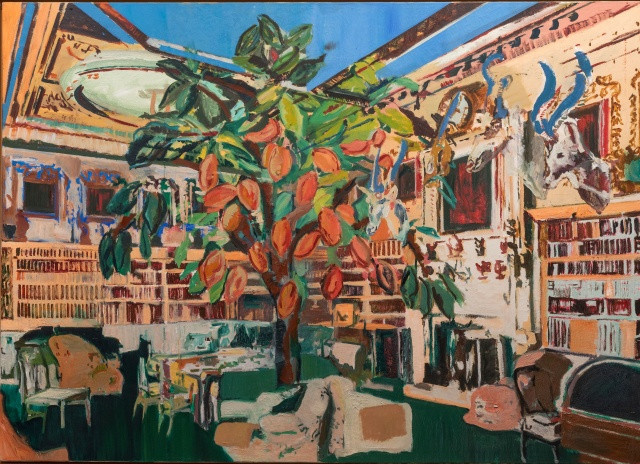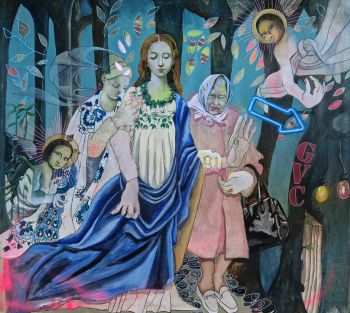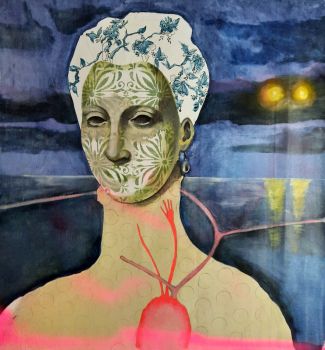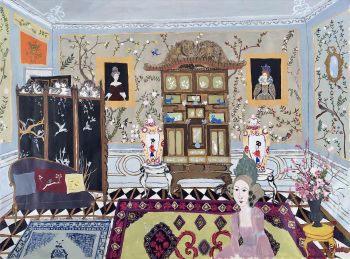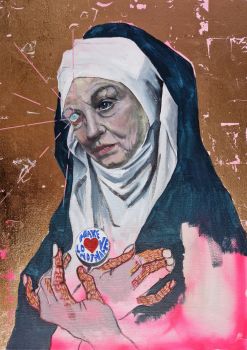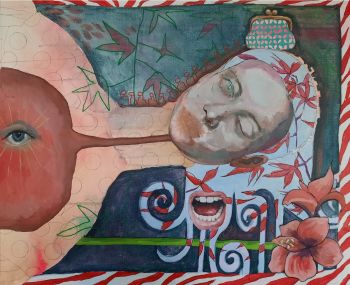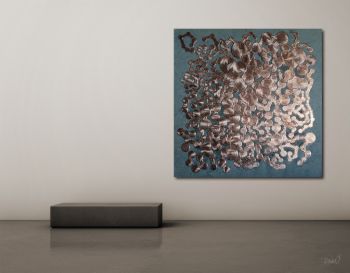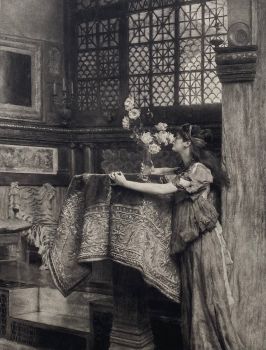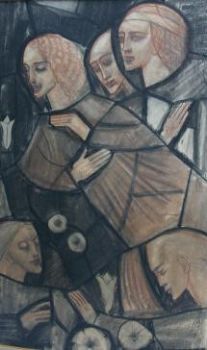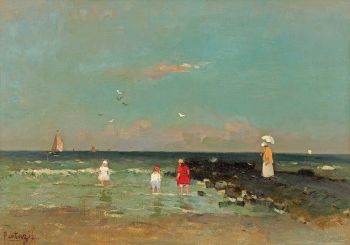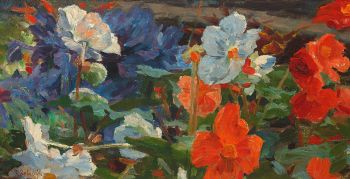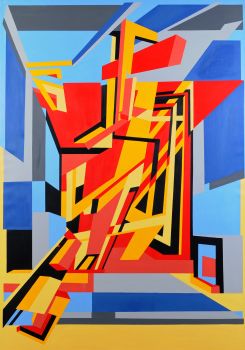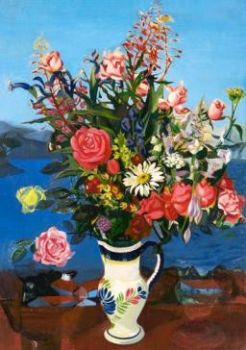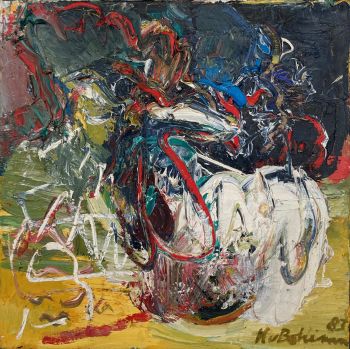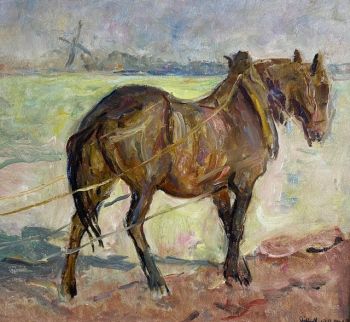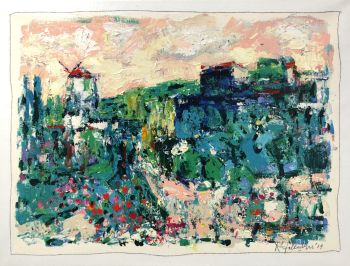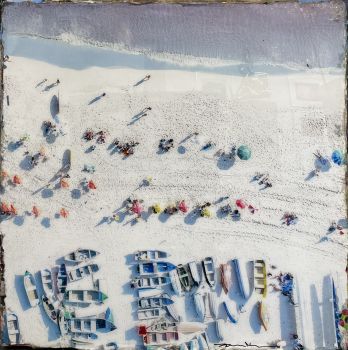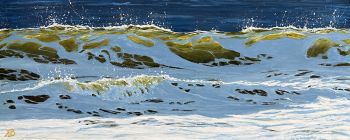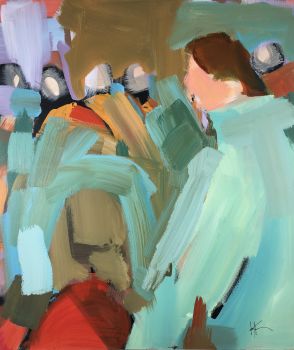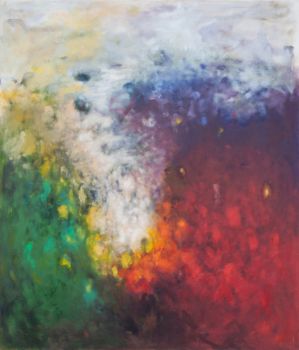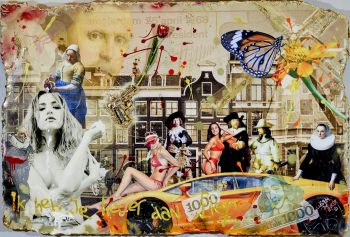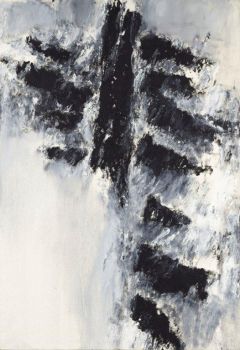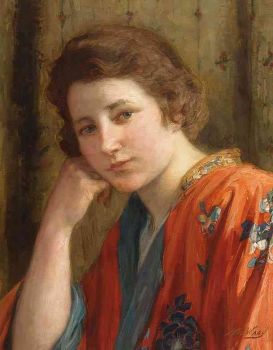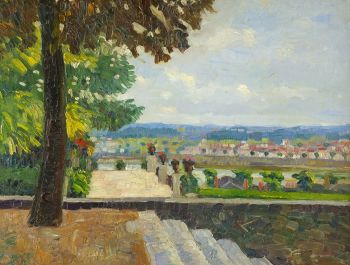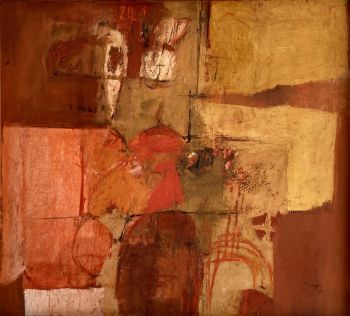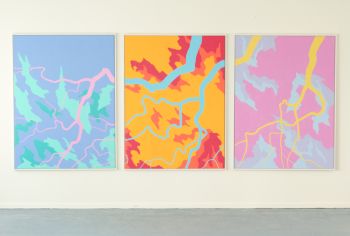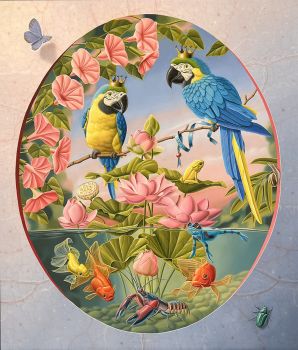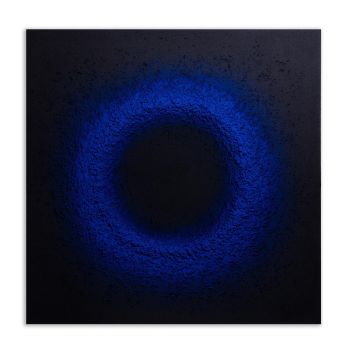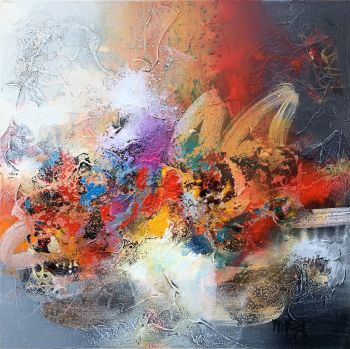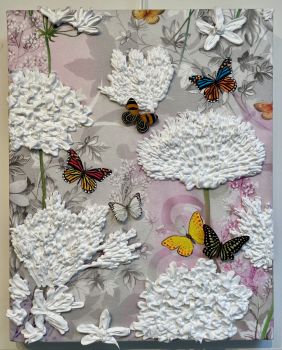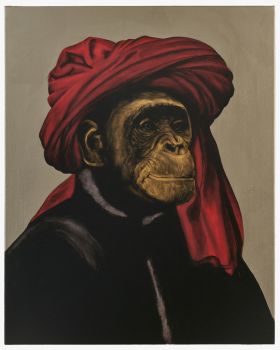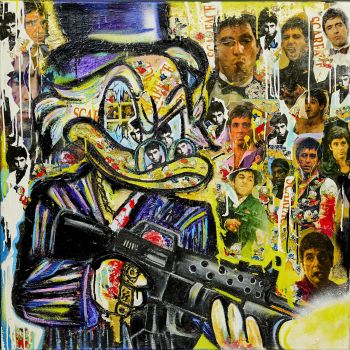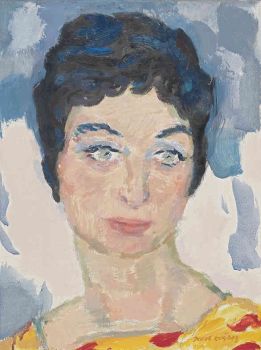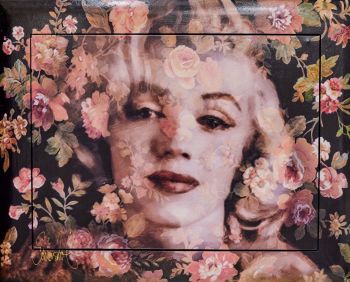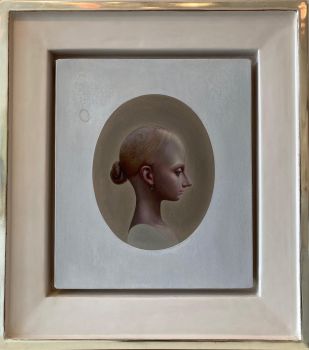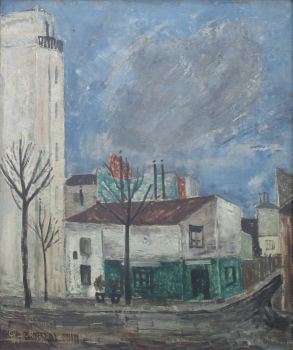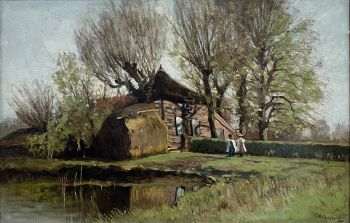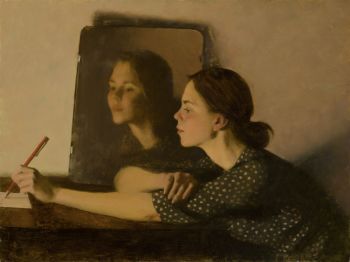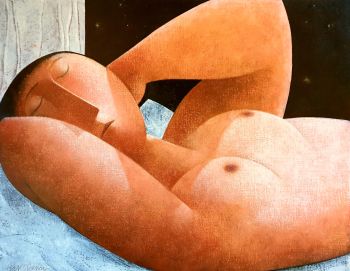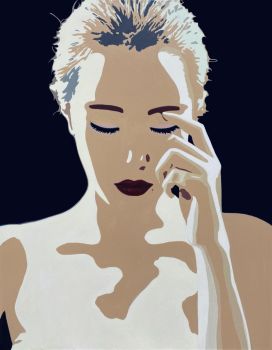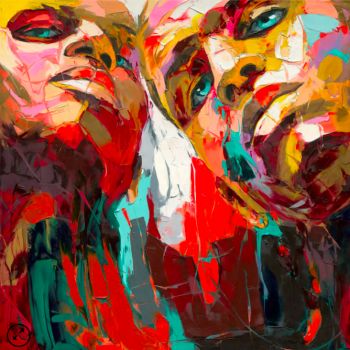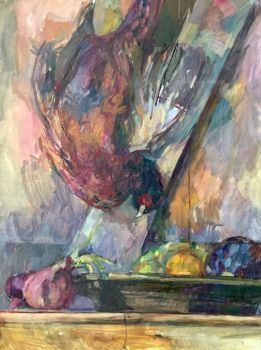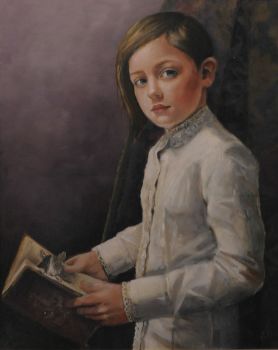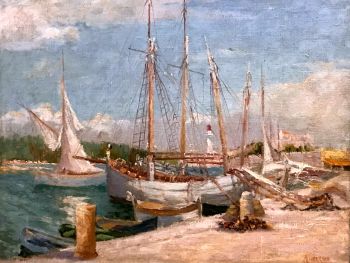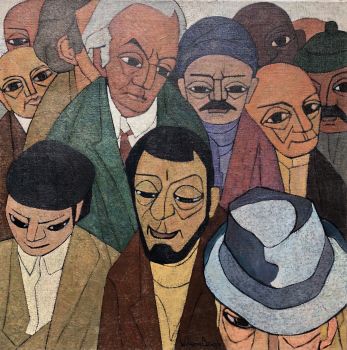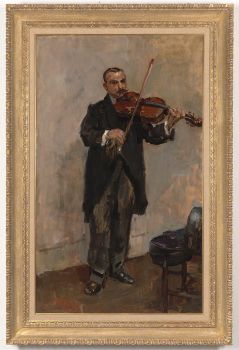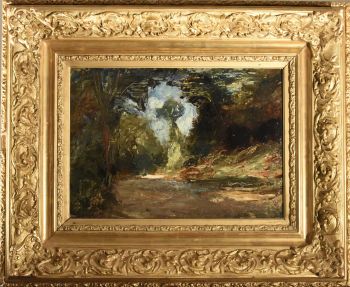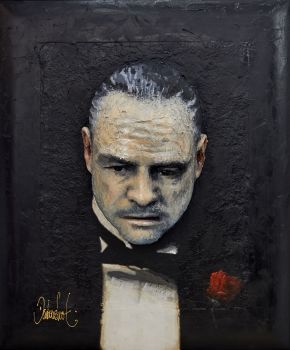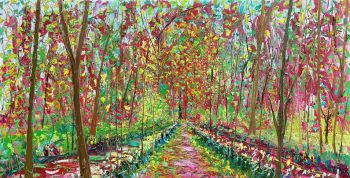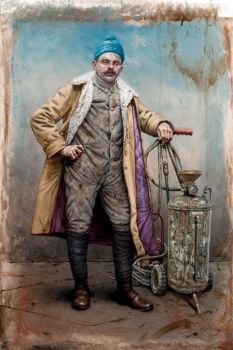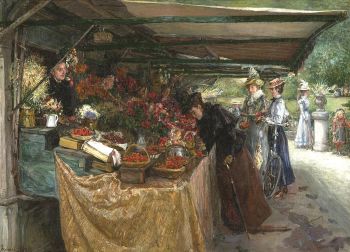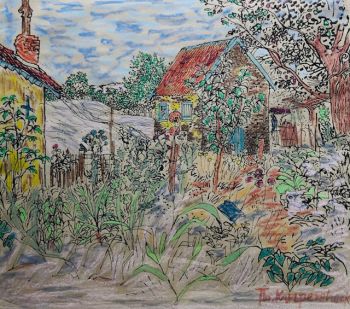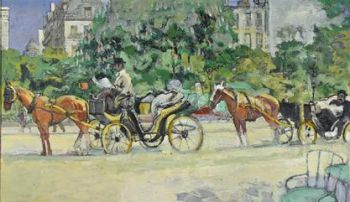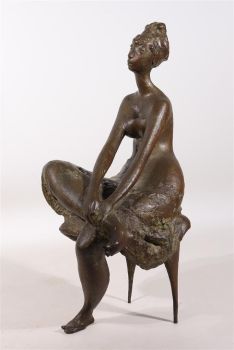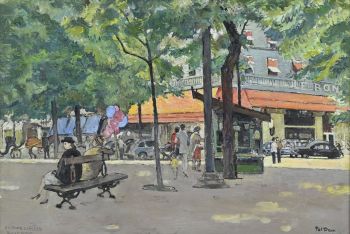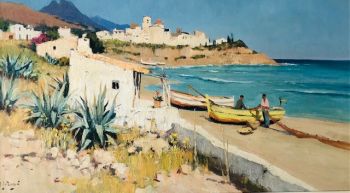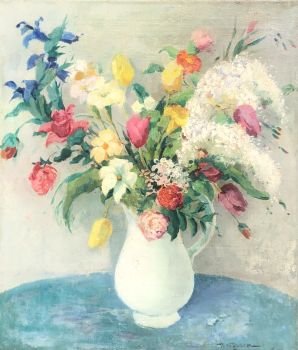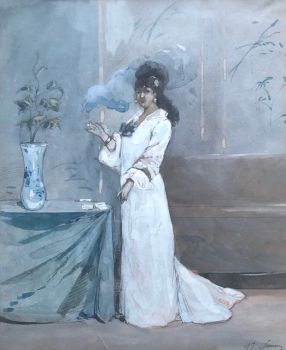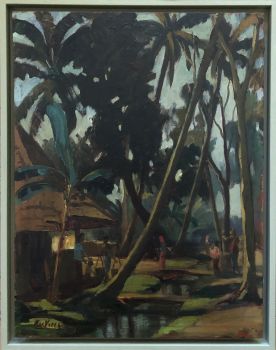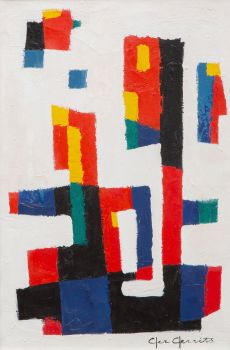Bibliotheek van meneer Cocoanuts 1994
Peter de Graaff
Óleo sobre lienzo original
198 ⨯ 270 ⨯ 4 cm
ConditionMint
Actualmente no disponible a través de Gallerease
Lyklema Fine Art
- Sobre la obra de artePeter de Graaff (Utrecht 1961)
"De Bibliotheek van meneer Cocoanuts"
Signed, titled & dated '94 on the reverse
oil on canvas 78* 106 inch (198 x 270 cm)
Framed 84*112 inch (214 x 284 cm)
Price is without transportation costs.
Peter de Graaff (1961) is a real artist and liked to experiment with his works. The interior plays an important part in his paintings. The starting point is often a photo of historic interiors that are used as a first draft. Layer by layer, he builds his painting so that the view from one layer to the other remains visible. The painterly interventions are equally diverse, playfull and and light-hearted. He exposed at Museum Voorlinden, Berger in Amsterdam (NL), Lecoutre in Knokke (B), Lorre , Dendermonde (B), Franken in Parijs & Reims (F) among others. This giant work is ‘the library of mister Coconut’. It fills the room with inspiration and imagination. - Sobre el artista
Peter de Graaff (1961) es un pintor en toda regla. En su búsqueda de la pintura 'última', utiliza con entusiasmo el antiguo vocabulario de la pintura.
En sus pinturas recientes el placer de pintar está visiblemente presente.
Las pinturas se centran en las figuras y el interior.
El punto de partida son copias editadas de fotografías de personajes e interiores históricos que se utilizan como primer borrador.
Luego construye su obra de forma transparente; capa por capa, para que la vista de una capa a la siguiente permanezca visible.
‘El esplendor de los colores, la luz, la atemporalidad. Todo se siente rico y maravilloso. Luego hay, literalmente, una segunda, tercera y cuarta capa de imagen que se refiere a la historia detrás de ella, al hombre, incluso si está ausente de la imagen. La última capa, pintura blanca o negra sombreada, asegura que los colores subyacentes brillen suavemente, pero sin cubrirlos por completo. Si quieres, puedes quedarte en la superficie o buscar entre las capas.
Ahí es donde está la otra cara. Estas capas, los diferentes 'momentos' en la pintura, se mueven a través del tiempo, por así decirlo, y se unen en la conciencia del espectador para formar un todo, una experiencia.'
¿Está interesado en comprar esta obra de arte?
Artwork details
Related artworks
- 1 - 4 / 24
- 1 - 4 / 24
- 1 - 4 / 24
- 1 - 4 / 12

